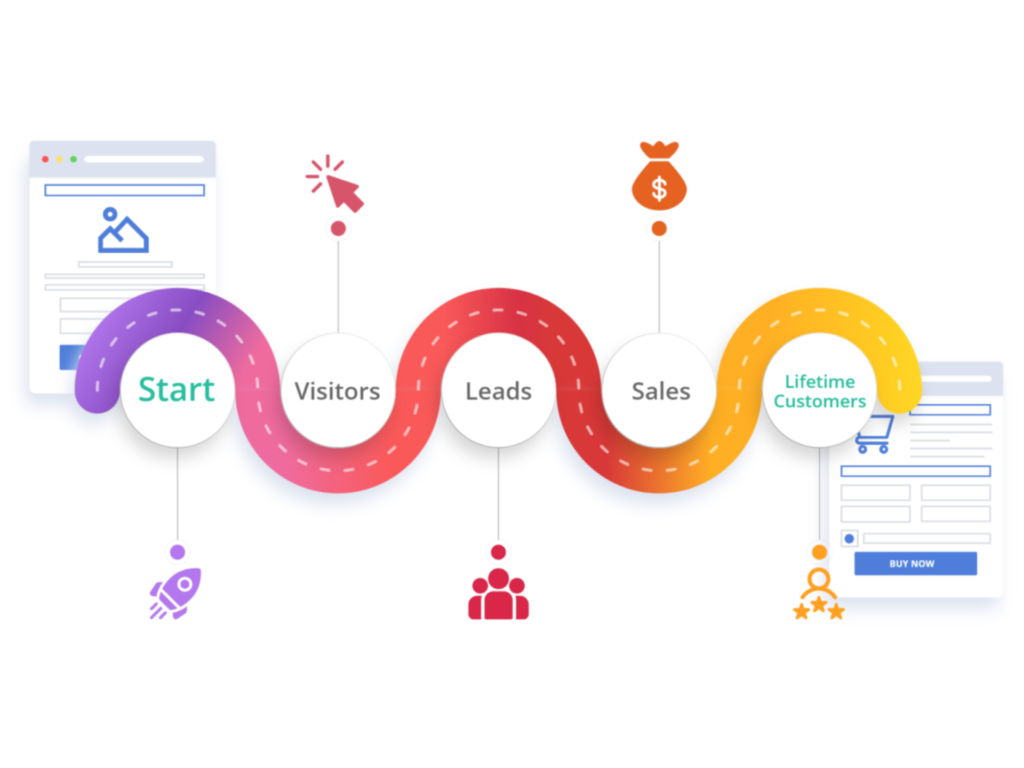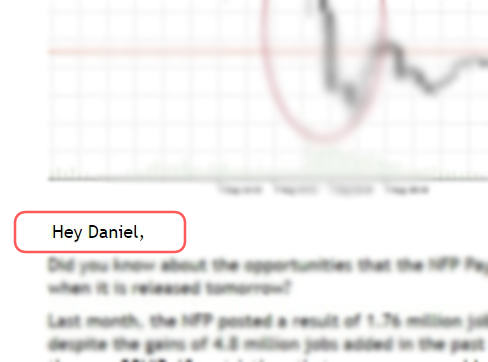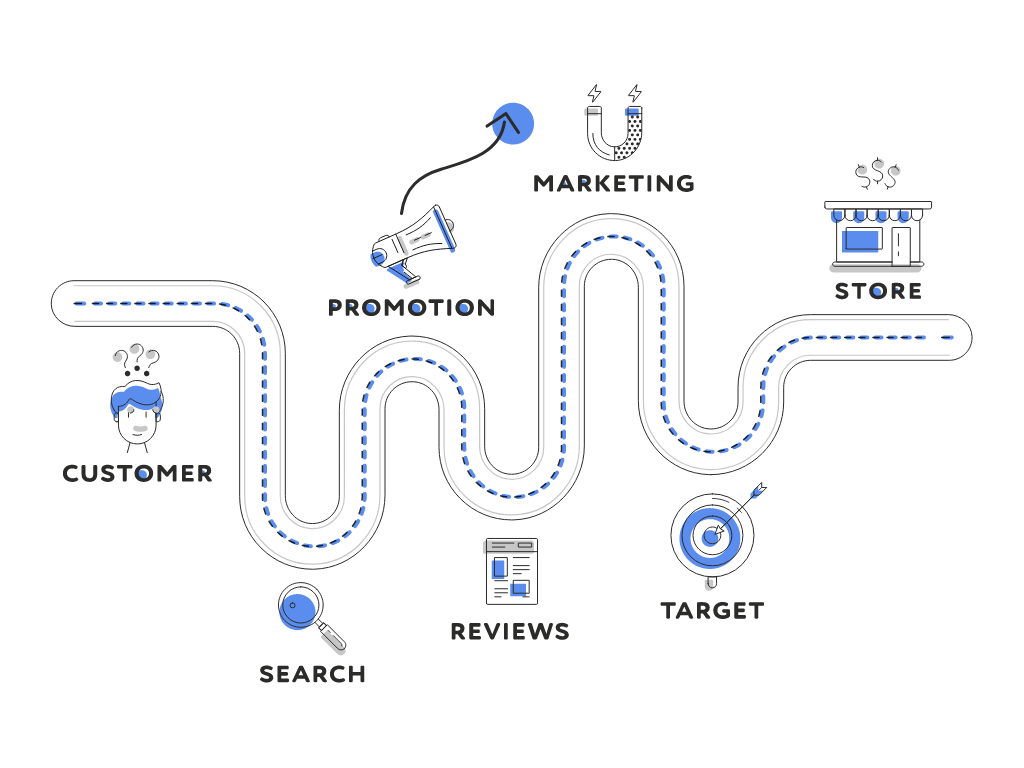Before the age of the internet and digital marketing, marketers had to make do with creating and implementing marketing campaigns with broad mass appeal. Given that the most powerful distribution platforms of the time—the radio, newspapers, magazines, and television—were all geared towards attracting the most number of audience possible, it was important to cast a net as wide as possible to maximize the returns from advertising costs.
The most that a marketer could do was to get the message out, hoping that customers would eventually head to the stores to purchase their products. With the internet now in the center of most of modern society, marketing has evolved from being an exercise in creating mass appeal to finding niches and thriving in them.
Instead of simply broadcasting an ad and hoping for the best, marketers are now more empowered to take a more active stance when it comes to marketing products. Nowadays, they can identify leads, figure out what makes them tick, and work on ways to nurture them step-by-step until they become paying customers.
This is what marketers today call the Customer Journey.
What is the Customer Journey?
According to Marketing Dictionary, the Ryte Wiki, the Customer Journey refers to “the path followed by a customer via so-called touchpoints before making a purchase decision.”

These “touchpoints” can be found both online and offline—which, more often than not, is the result of cross-platform marketing campaigns enabled by funnel mapping and tracking tools, such as the one we offer here at MarketPlan.
The Funnel Analysis
Marketers today have become quite adept at managing campaigns over several platforms. Aside from the traditional channels mentioned earlier, today’s marketers have access to online distribution platforms that provide more data about their target customers.
This data allows them to create customized experiences for each customer segment—which contrasts with the traditional mass appeal approach.
In general, the customer journey is visualized as a funnel divided into three categories: top, middle, and bottom.
- Top Funnel: Consumers classified to be in this part of the funnel are those who have just become aware of an issue or problem that they need to be solved. They are generally thought of as those who have begun researching for solutions and are the target of most blog posts, videos, infographics, and native content that seek to introduce a solution in the form of products or services.
- Middle Funnel: After some time spent on research and comparisons, customers can eventually move on to the middle part of the funnel.
At this time, customers are already comparing solutions based on a number of factors, including, but not limited to, price points, services, features offered, and brand equity.
This is considered the most crucial part of the funnel, as the customers are already coming close to a decision. This is when lead nurturing material, such as case studies, free demos, and other materials that showcase the product in deeper detail, are most useful.
- Bottom Funnel: Leads are considered to be on the bottom once they have been converted into paying customers. That being said, they remain in the funnel because the next goal for marketers is to retain them as customers through good customer service.
How do marketers get leads to move along the funnel?
As mentioned earlier, customers move deeper into the funnel when they are convinced that a product or service can help solve their issue or improve their situation. Unlike the hard sell tactics used in the past, customers today need to move on their own volition, and will not be swayed by transparently forceful techniques.
Generally, marketers do this part of the job with these two main processes.
Personalized Messaging
The only real way to prod customers further along the customer journey is by providing them real and engaging information that will help them make a decision in your favor. Ideally, the messaging must always be relevant to the customer with respect to where they are in the funnel.

This means that if the lead has been identified to be already in the middle, they must not be targeted with messaging intended for those still at the top, and vice versa. Once a lead has been converted, you will want to use a different content strategy to retain them as customers.
Another important thing to remember is that as much as possible, you’ll want to control how much you expose your leads with your messaging. While cross-platform advertising is definitely needed to capture your leads’ attention in this media-saturated world, you’ll still want to adjust the frequency based on their position at the funnel.
This is possible through the use of funnel mapping and tracking tools, as well as campaign planning software that allows marketers to collaborate, map campaigns, run projections, execute, and monitor results, all in one place. Without these tools, marketers would be lost in the mountain of information gathered in these campaigns.
Emphasis on User Experience
The user experience (UX) is a blanket term used to refer to the various interactions that a customer has with a brand. This includes the whole process, from the advertising to the actual experience of using the product or service, and even to the customer service. However, given the digital nature of today’s transactions, there is a big concentration of effort in developing an effective user interface (UI).
Developing an effective UI is very important when it comes to designing websites and digital campaigns. Aside from just getting the message understood, UI designers and marketers need to carefully create their own customer journey in trying to convert potential customers, with respect to the larger customer journey at play.
This is why having an all-in-one marketing collaboration tool is essential for marketing teams today; Everything has to be coordinated to ensure that every aspect of the campaign is aligned and complementing each other.
Conclusion
Marketing strategies are always evolving. However, the rate at which it has changed in the past few years is unprecedented, which is mainly thanks to how the internet has changed not just the way we consume media, but in how we live our daily lives in general.
With the world absolutely drowning in content, the challenge for marketers today is to find ways to maximize their marketing efforts without resorting to techniques like spamming—which is not only ineffective, but it may also hurt the brand in the long run!
Do you want to take your marketing campaigns to the next level? Marketing Plan has the right funnel mapping and tracking tool for you!
Our all-in-one marketing collaboration tool allows you to work in every stage of your marketing journey effectively. Try MarketPlan today for free to get a taste of how our platform can revolutionize your marketing experience—no credit card required!
